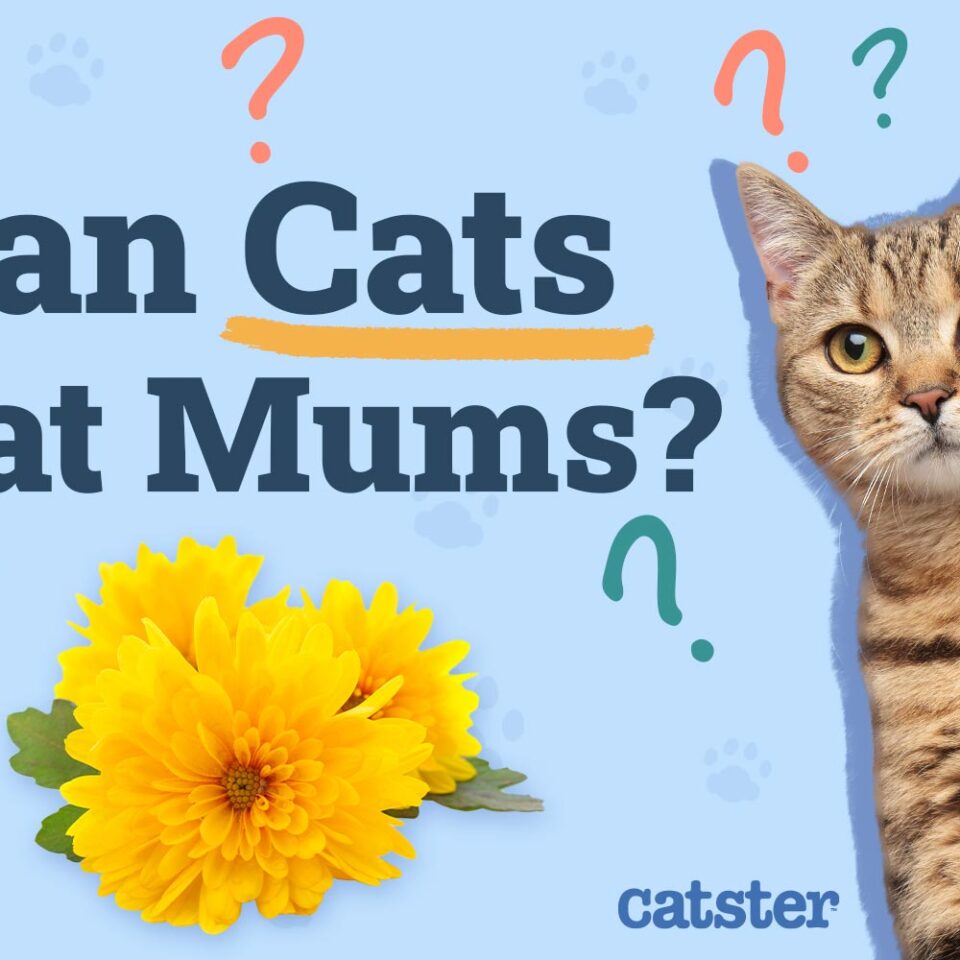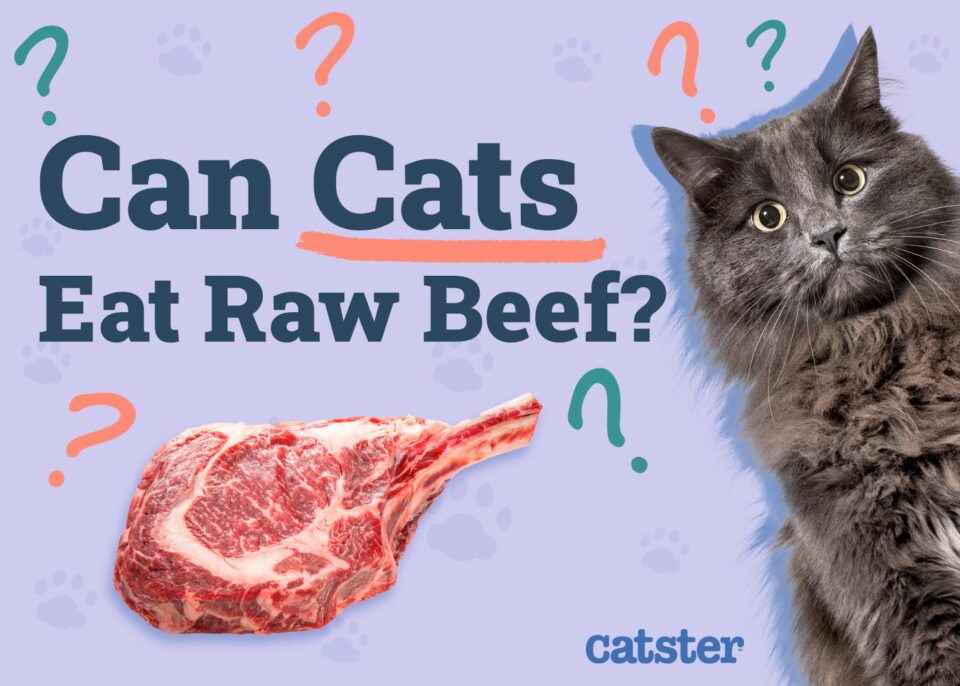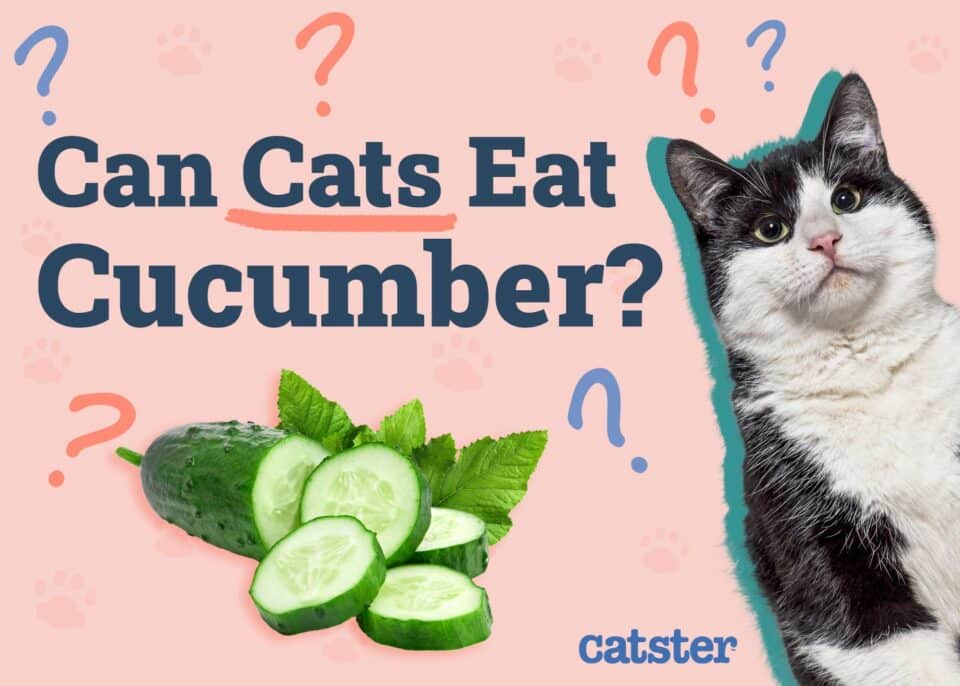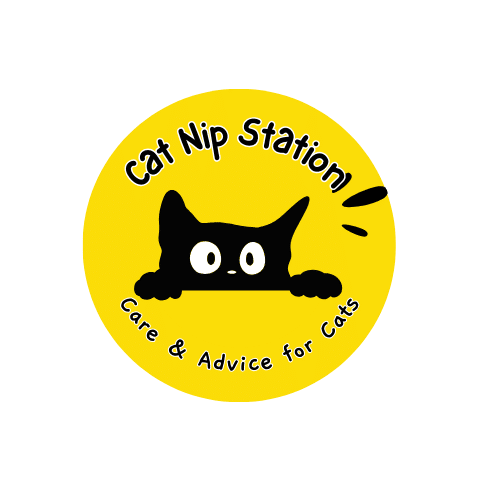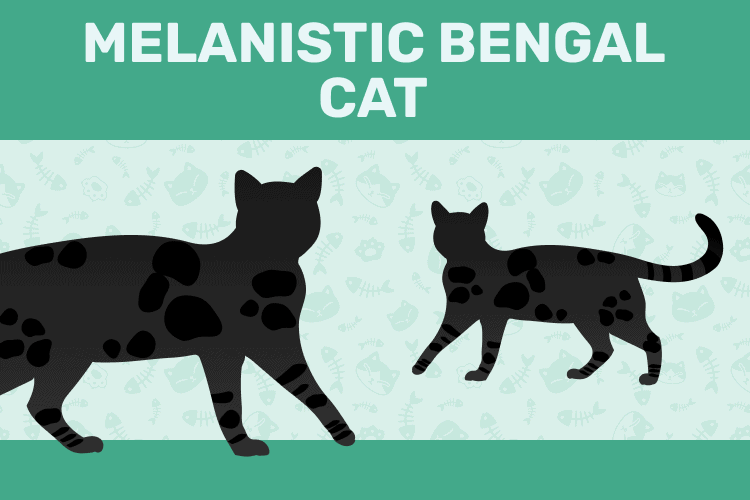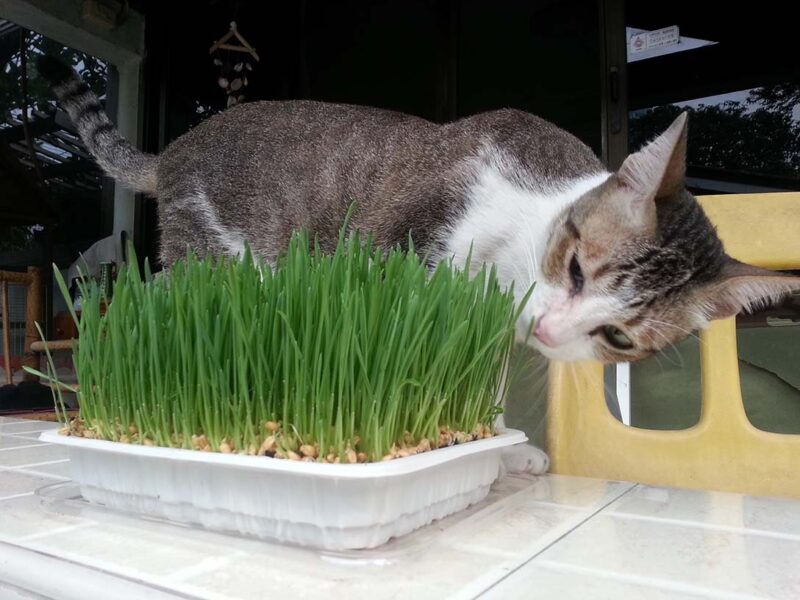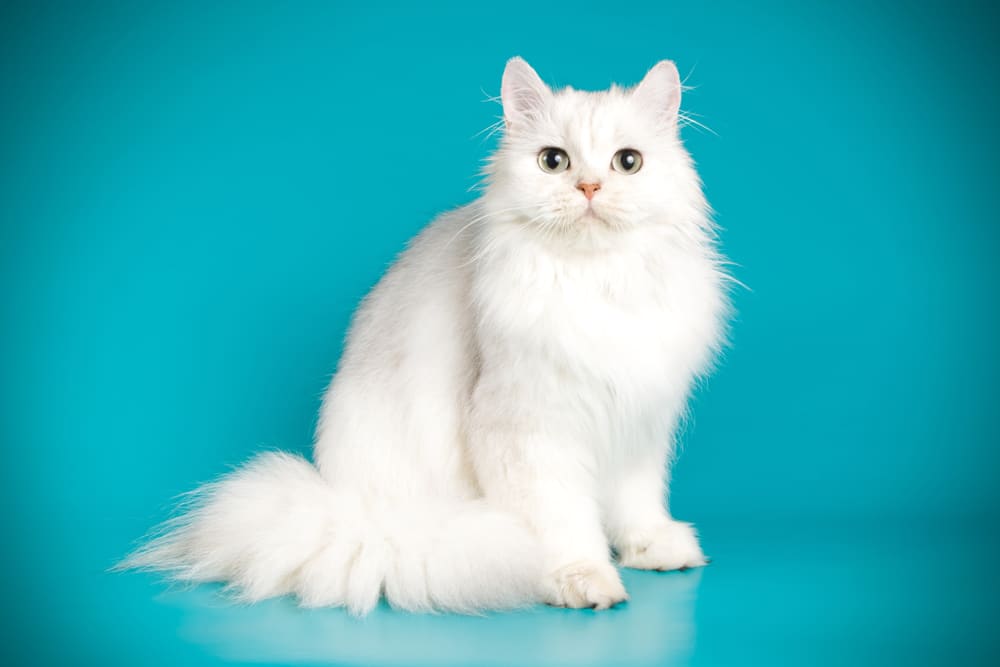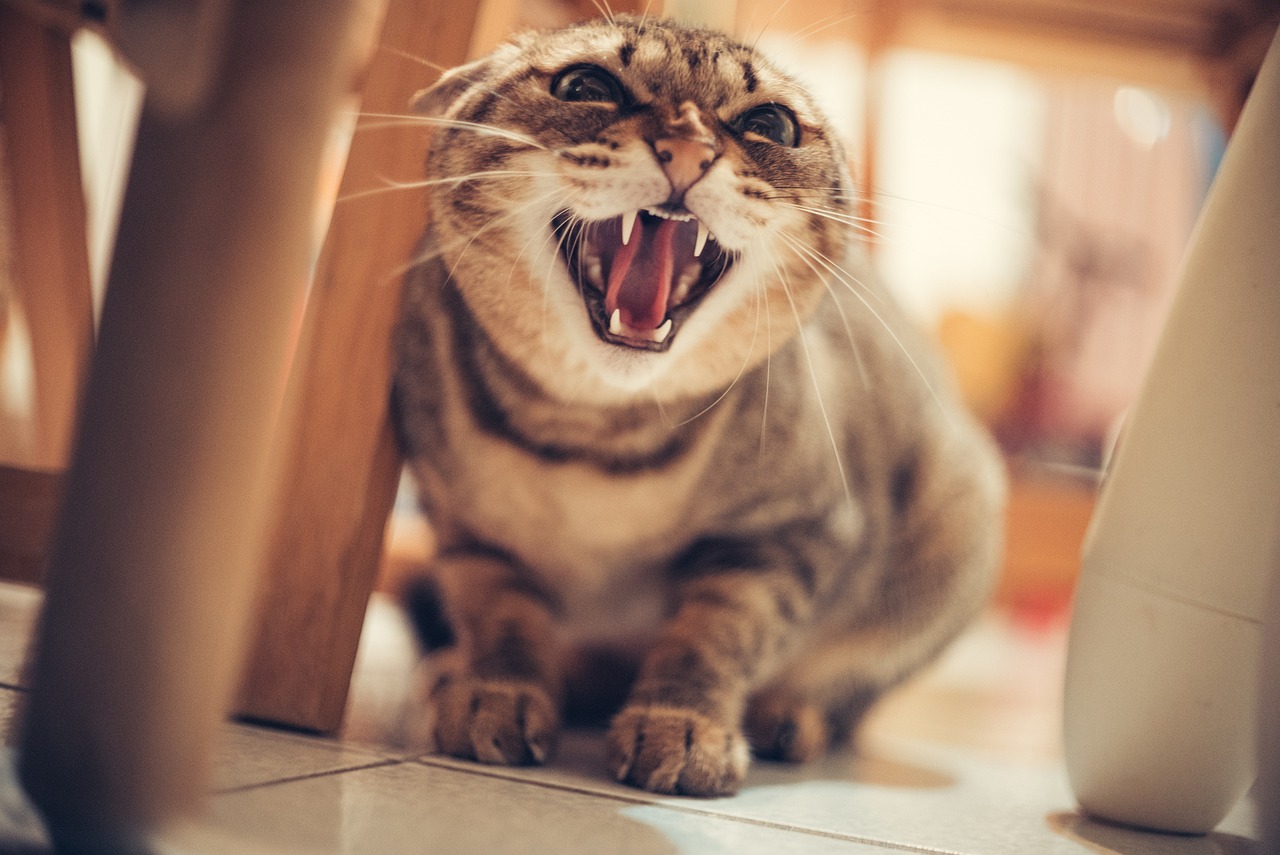Imagine this: your curious cat saunters over to the vibrant chrysanthemums in your garden, eyes twinkling with mischief. But here’s the kicker, those seemingly harmless blooms can spell trouble for your feline friend. Chrysanthemums, fondly known as mums, are indeed toxic to cats, which means keeping them at bay is a must.
Chrysanthemums, an eye-catching addition to gardens and bouquets, have a long history that dates back to 15th-century China. Initially resembling daisies, these flowers, which are commonly associated with European funerals, come in a spectrum of colors. While beautiful, mums are more than just pretty petals – they pose a risk to cats.
The alarming truth is that chrysanthemums are listed as toxic to cats by both the ASPCA and Pet Poison Helpline. The culprits? Sesquiterpene lactones and pyrethrin, substances found in the leaves and flowers. These can irritate a cat’s eyes, nose, and stomach. Symptoms of mum poisoning pop up roughly two hours after ingestion, varying from mild to moderate based on how much was nibbled. These include vomiting, drooling, decreased appetite, and even loss of balance. Spotting these signs calls for a quick trip to the vet.
In case of suspected mum poisoning, a timely diagnosis is crucial. Before rushing to the clinic, it helps to check your cat’s mouth and fur for plant residues. For guidance, a call to the ASPCA or Pet Poison Helpline can be invaluable, though it might come with a fee. If a vet visit is inevitable, bringing along a sample of the ingested plant aids in pinpointing the culprit, potentially involving blood and urine tests to confirm the situation.
Treating mum poisoning is all about tackling the symptoms. Vets often administer medications to curb diarrhea and vomiting, possibly followed by IV fluids. An allergic reaction might warrant antihistamines, and in severe cases, inducing vomiting can help. Activated charcoal is another tool in the vet’s kit, designed to absorb lingering toxins. Post-treatment, your cat might enjoy an overnight clinic stay before returning home with a care plan to ensure a smooth recovery.
Prevention, after all, is the best medicine. Keeping mums out of your cat’s reach, both indoors and out, safeguards against accidental nibbles. High shelves or inaccessible rooms can be a cat owner’s best friend. Outdoor spaces can present more of a challenge, yet even here, strategies like netting or deterrents like coffee grounds can dissuade curious paws. How about creating a kitty haven with catnip or safe plants? Not only does this redirect attention, but it also keeps your garden lively.
At the end of the day, mums might not belong in a cat-friendly setting. Their beauty isn’t worth your pet’s safety, so swapping them out for safer blooms could save a lot of vet visits and heartache. If you fear your cat’s gotten too close to a chrysanthemum, a speedy vet consultation is your go-to move. And once your furry friend is back home, a little more care and caution will help them stay healthy and happy.
